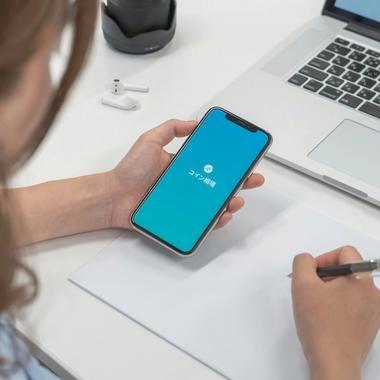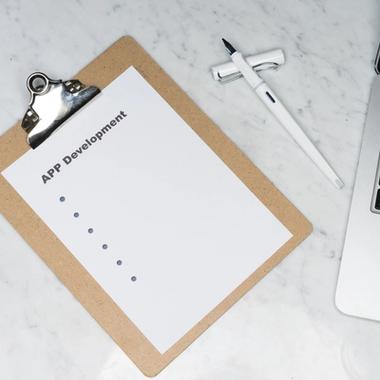Originally published in May 2022. Updated October 2025 to reflect current trends and best practices.
You’ve come up with an incredible app idea, one that will make life easier for your customers and accelerate your organisation’s digital transformation. You can already picture it: your logo on the app store, your users raving about its simplicity, your business running more efficiently than ever.
But before anything gets designed, coded, or launched, you need one thing: clarity.
How do you take that great idea and turn it into something a development team can bring to life?
How do you ensure everyone understands your goals, your users, and the outcomes you expect?
That’s where an app project brief comes in.
An app project brief acts as the foundation of your app build. It captures your vision, your objectives, and the essential details developers and designers need to get started. It’s not a rigid document; it’s a living plan that evolves as your app concept grows.
In this guide, we’ll walk you through what to include, what to avoid, and how to create a brief that sets your project (and your partnership) up for success.








